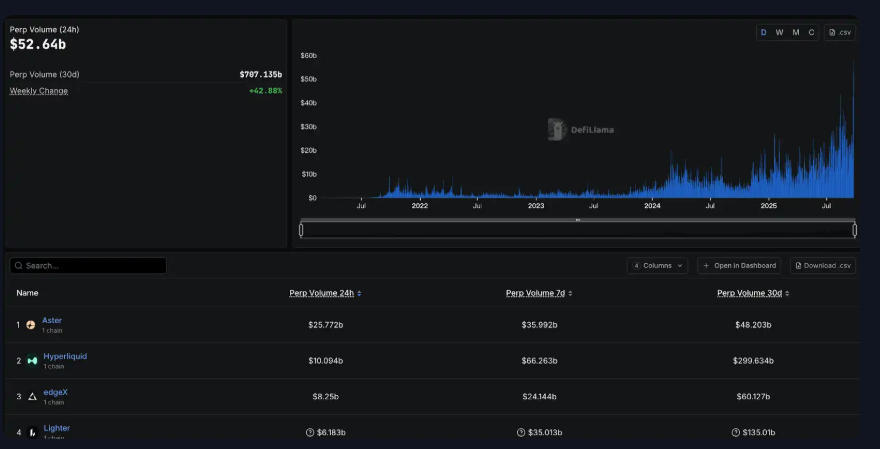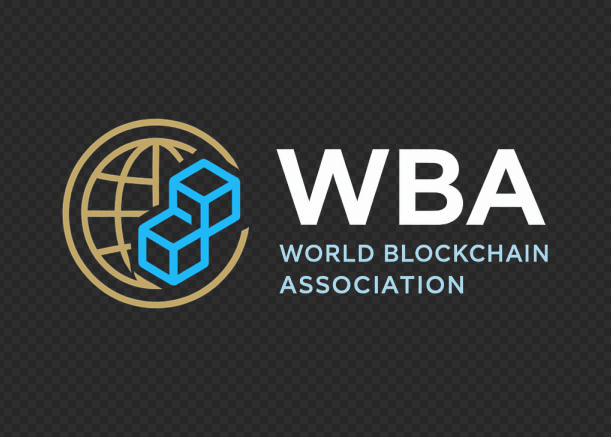
World Blockchain Association reports that the decentralized derivatives platform Hyperliquid is witnessing one of the most closely watched stablecoin contests in the blockchain sector. On September 5, Hyperliquid announced that it would launch a Ticker auction for its forthcoming native stablecoin, USDH. The announcement immediately galvanized industry players including Paxos, Ethena, Frax, Agora, and Native Markets—each competing for the opportunity to become the official issuer of USDH.
Despite strong proposals from more established firms, Native Markets has surged ahead with an overwhelming 97% lead, positioning itself as the near-certain winner of this auction. The outcome is poised to reshape stablecoin strategies and highlights the evolving role of stable assets within Cryptocurrency, Web3, and DeFi ecosystems.
Why Hyperliquid’s USDH Matters
Hyperliquid, recognized as one of the fastest-growing perpetual decentralized exchanges (perp DEXs), has become a critical infrastructure layer in the global crypto economy. For platforms like Hyperliquid, the decision to issue a native Stablecoin is not merely about transaction convenience—it represents control over liquidity, governance, and ecosystem development.
Stablecoins such as USDC, USDT, and DAI have historically dominated cross-chain liquidity flows, but they also leave platforms dependent on external issuers. By launching USDH, Hyperliquid signals a shift toward Tokenization of liquidity within its own chain. This strategy is expected to directly impact trading volumes, funding mechanisms, and future expansion into Ethereum, Layer-2 networks, and cross-chain Web3 environments.
As the World Blockchain Association points out, the ability of exchanges to issue and manage their own stablecoin could usher in a “Stablecoin 2.0 Era”, where community incentives and ecosystem reinvestment replace centralized profit-capture models.
Native Markets’ Winning Strategy
Native Markets has introduced a dual-reserve mechanism for USDH that blends off-chain and on-chain credibility:
- BlackRock will manage off-chain reserves, ensuring institutional compliance and transparency.
- Superstate will oversee on-chain reserves, enabling decentralized monitoring and accountability.
This hybrid model not only strengthens trust but also ensures that USDH maintains issuer neutrality—an essential feature for long-term adoption in both Bitcoin trading pairs and broader DeFi ecosystems.
Revenue Allocation: Community First
The revenue model proposed by Native Markets is particularly innovative. Interest generated from USDH reserves will be split into two channels:
- 50% directed to an Assistance Fund—dedicated to HYPE token buybacks and price stabilization.
- 50% reinvested into ecosystem development, including HIP-3 markets and HyperEVM applications.
This structure ensures that Stablecoin profits are recycled into community growth, rather than extracted by centralized issuers. It represents a profound shift in how value flows within DAO-driven economies and reflects broader Web3 principles of shared ownership.
Infrastructure and Compliance
Users will be able to mint or redeem USDH via Bridge, with additional fiat on-ramps expected to be rolled out. Core infrastructure, such as the CoreRouter module, has already been audited, open-sourced, and made available for community contributions.
Native Markets further pledged that USDH will adhere to U.S. GENIUS regulatory standards, inheriting compliance capabilities from Bridge—a company acquired by payments giant Stripe in 2024. This connection could significantly expand fiat integration, paving the way for USDH to become one of the first stablecoins with seamless Web2-Web3 interoperability.
Leadership Behind Native Markets
The credibility of Native Markets is reinforced by a high-caliber leadership team with deep roots in DeFi, Cryptocurrency exchanges, and institutional finance:
- Max Fiege – Former product strategist at Liquity and Barnbridge, Max has advised projects responsible for over $2.5 billion in HyperEVM TVL and $15 billion in HyperCore trading volumes. He is also a community leader at Hyperion, playing a pivotal role in governance initiatives.
- Mary-Catherine Lader – Former President and COO of Uniswap Labs (2021–2025), and previously a Managing Director at BlackRock and Goldman Sachs, she brings unmatched expertise in digital assets, institutional adoption, and fintech innovation.
- Anish Agnihotri – A blockchain researcher and engineer with experience at Ritual, Paradigm, and Polychain, Anish has contributed extensively to MEV strategies, DeFi trading tools, and open-source blockchain research.
This combination of decentralized finance visionaries and traditional finance veterans makes Native Markets uniquely positioned to steward the future of USDH as a flagship Stablecoin.
Community Debate and Industry Reaction
While Native Markets appears to be the front-runner, the community has not been without controversy.
Dragonfly Capital’s Haseeb Qureshi criticized the process, suggesting that the proposal from Native Markets arrived unusually quickly, raising questions about whether other bidders had a fair opportunity. Established players such as Paxos, Ethena, and Agora were seen as presenting technically stronger proposals, but some community members believe the auction process favored Native Markets.
However, Nansen CEO Alex Svanevik dismissed these concerns, stating that as one of Hyperliquid’s largest validator node operators, his team rigorously reviewed all proposals before backing Native Markets.
Interestingly, Ethena Labs later withdrew its bid, emphasizing that although doubts were raised about Native Markets, their success illustrates the meritocratic spirit of Web3 ecosystems—where even emerging participants can win if they have strong community support.
Crypto influencers such as @thecryptoskanda echoed this sentiment, noting that Native Markets’ proposal directly addressed Hyperliquid’s core need: on-platform liquidity and transparent pricing mechanisms.
The Broader Implications: Toward Stablecoin 2.0
Historically, Hyperliquid’s dollar liquidity has depended heavily on USDC, with reserves peaking at nearly $5.7 billion—representing 7.8% of USDC’s global circulation. By shifting to a native stablecoin like USDH, Hyperliquid effectively redirects hundreds of millions of dollars in potential interest revenue back to its community and ecosystem builders.
As the World Blockchain Association highlights, this marks a turning point in Stablecoin economics:
- Instead of maximizing profit for centralized issuers, platforms may prioritize ecosystem reinforcement and user alignment.
- Future exchanges and Layer-1 blockchains could adopt similar strategies, redistributing financial upside to their DAO members, NFT creators, and DeFi innovators.
- Such a model could catalyze a new era of Tokenization where stablecoins serve as engines of growth, not just instruments of settlement.
If USDH succeeds in demonstrating a sustainable cycle of “yield to community, value to ecosystem”, it will set a precedent for Ethereum rollups, Bitcoin Layer-2s, and Web3 financial platforms globally.
Conclusion
The Hyperliquid USDH auction illustrates a fundamental shift in the blockchain landscape. Native Markets’ near-certain victory underscores how new entrants in the Cryptocurrency and DeFi industry can outmaneuver incumbents by aligning with community priorities, regulatory foresight, and decentralized principles.
The World Blockchain Association concludes that the outcome of this auction will likely influence future strategies for stablecoin issuance across the entire industry. From Bitcoin exchanges to Ethereum Layer-2 protocols, the concept of a Stablecoin 2.0 model could redefine the balance between profit, compliance, and ecosystem health.
About the World Blockchain Association
The World Blockchain Association (WBA) is a global organization dedicated to advancing knowledge, policy dialogue, and innovation in blockchain and digital finance. As a leader in the blockchain and cryptocurrency space, the WBA provides stakeholders with trusted insights at the intersection of technology, regulation, and global economic trends through research, reporting, and thought leadership.







